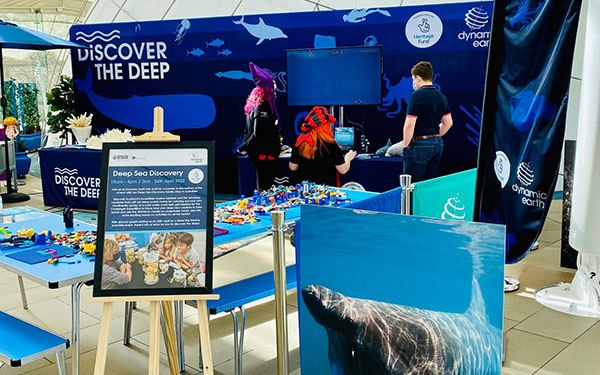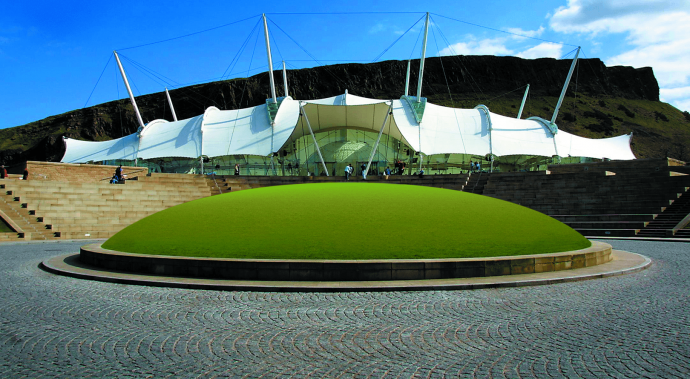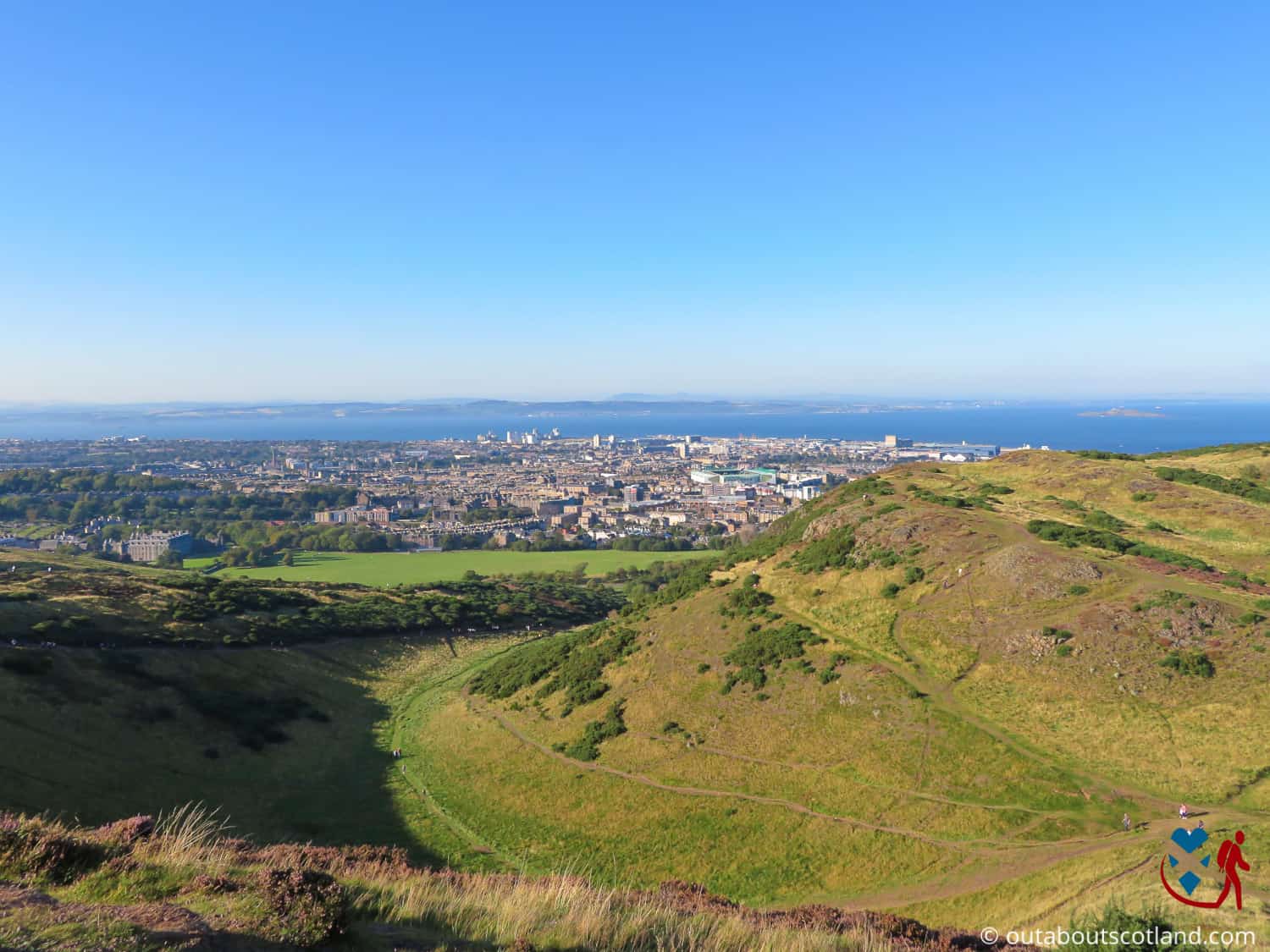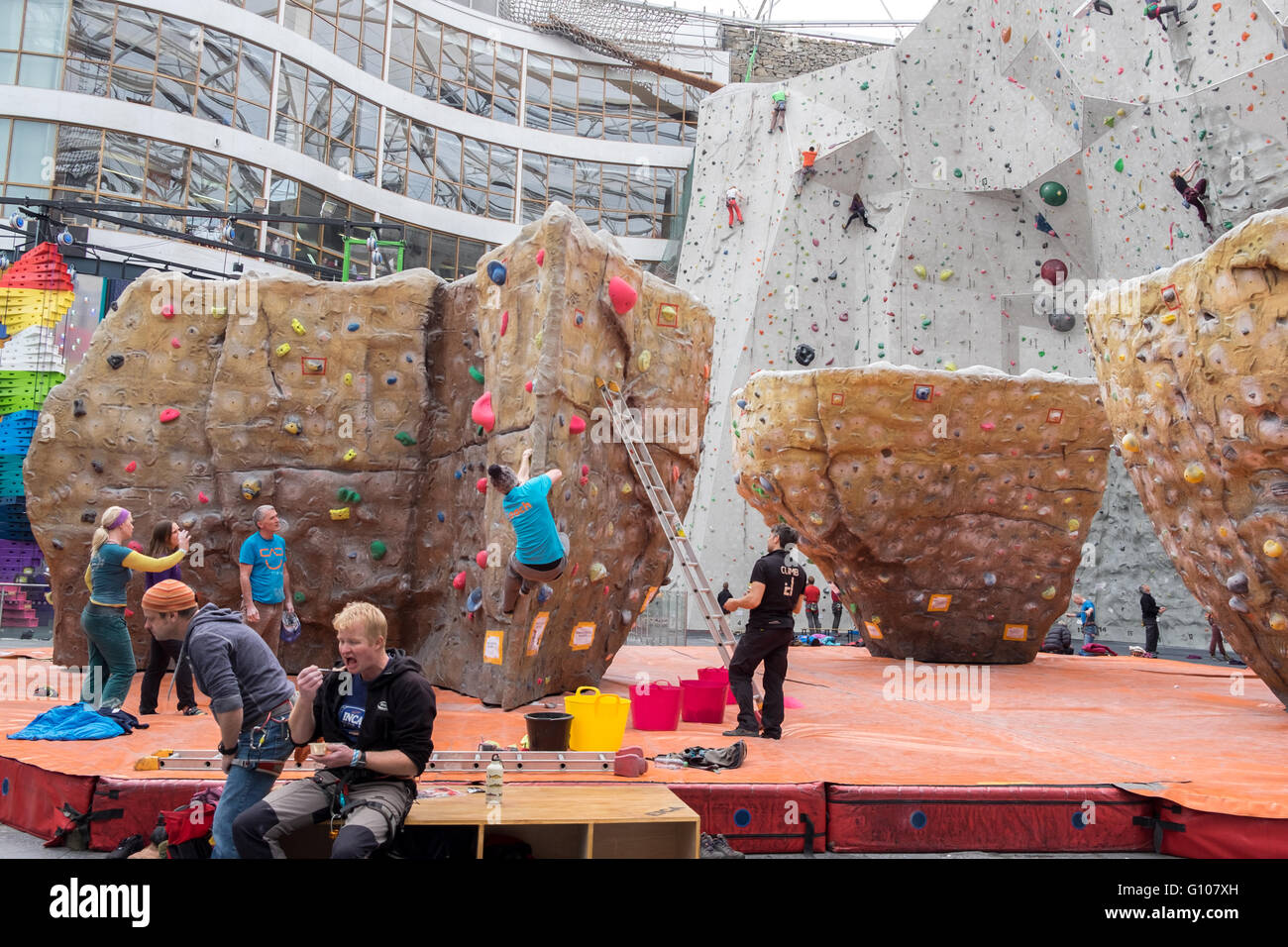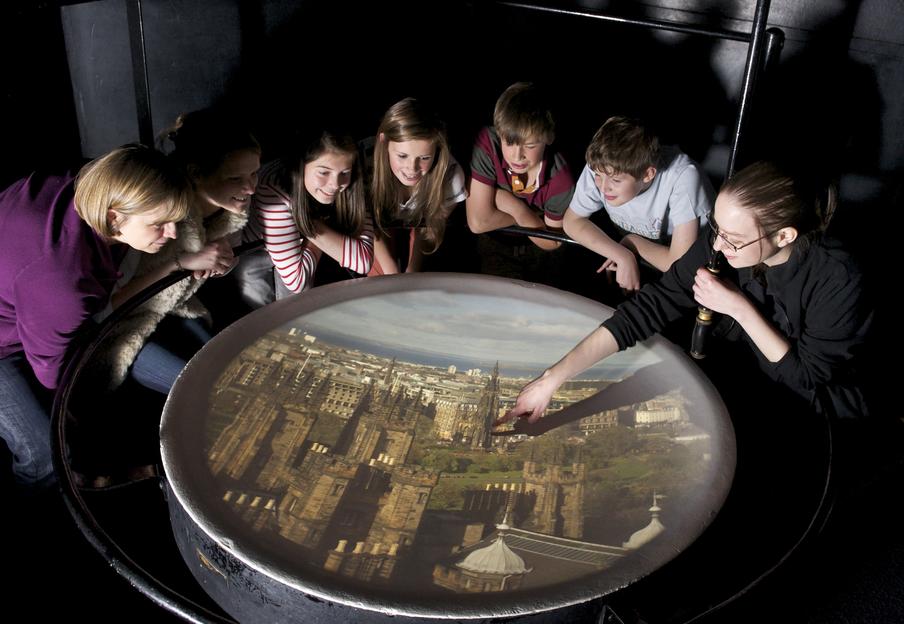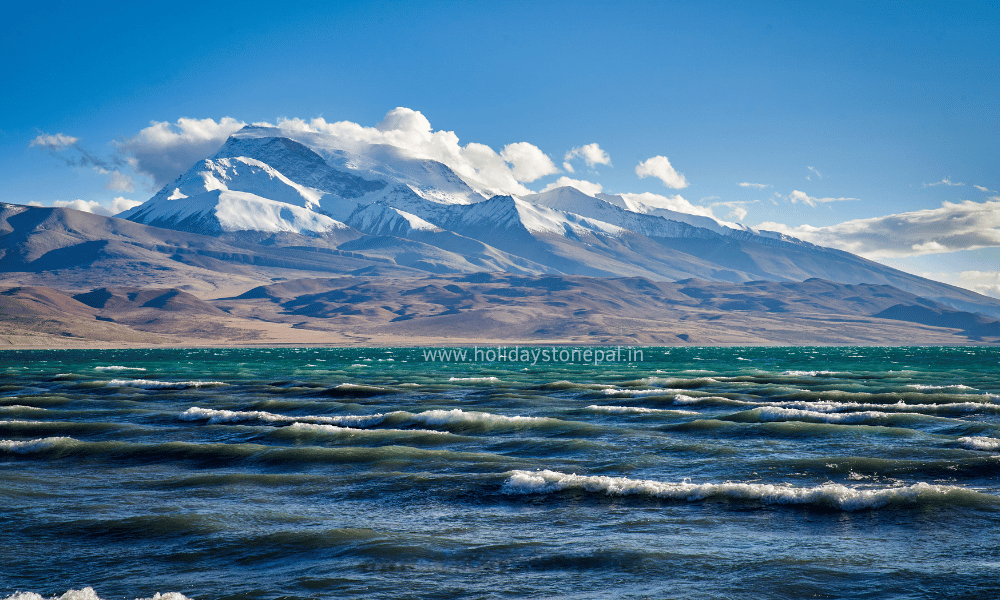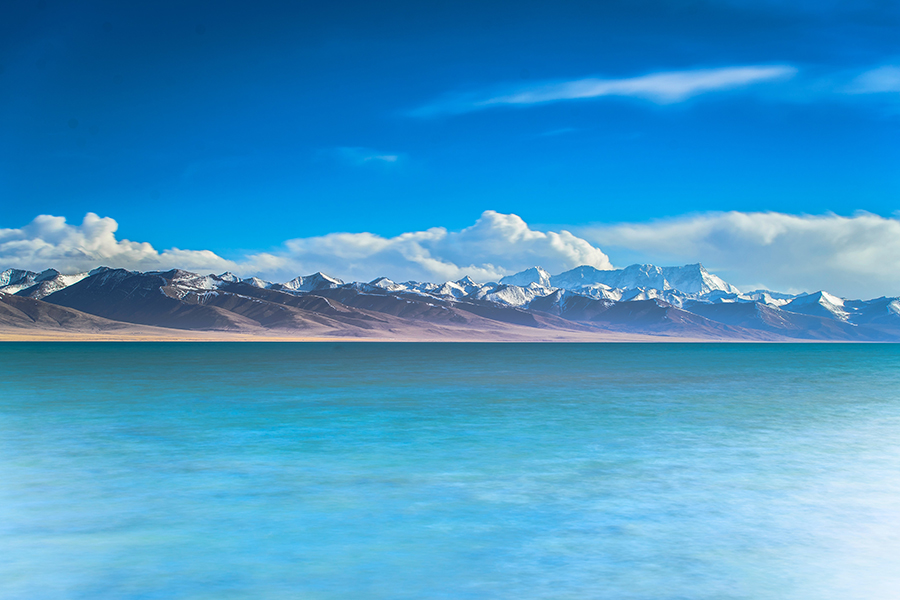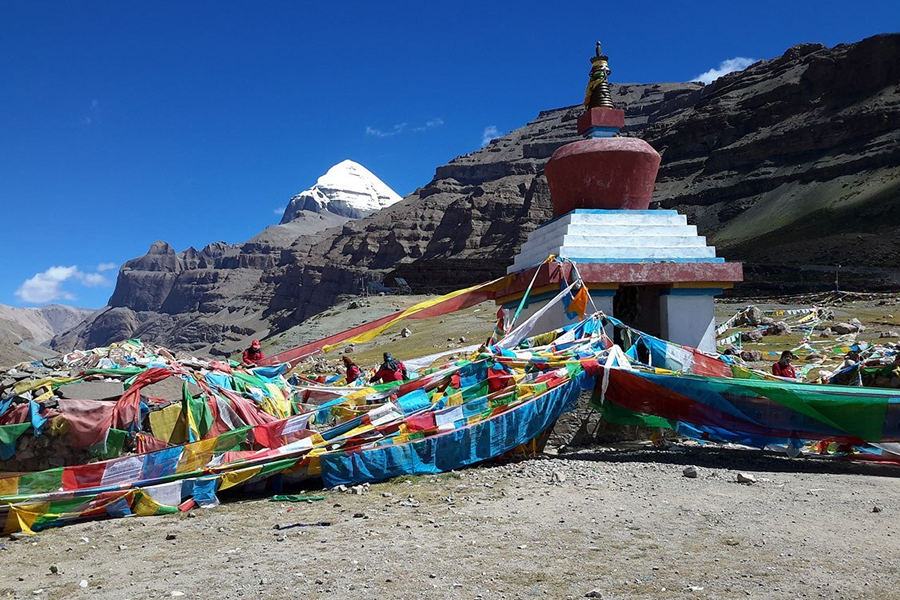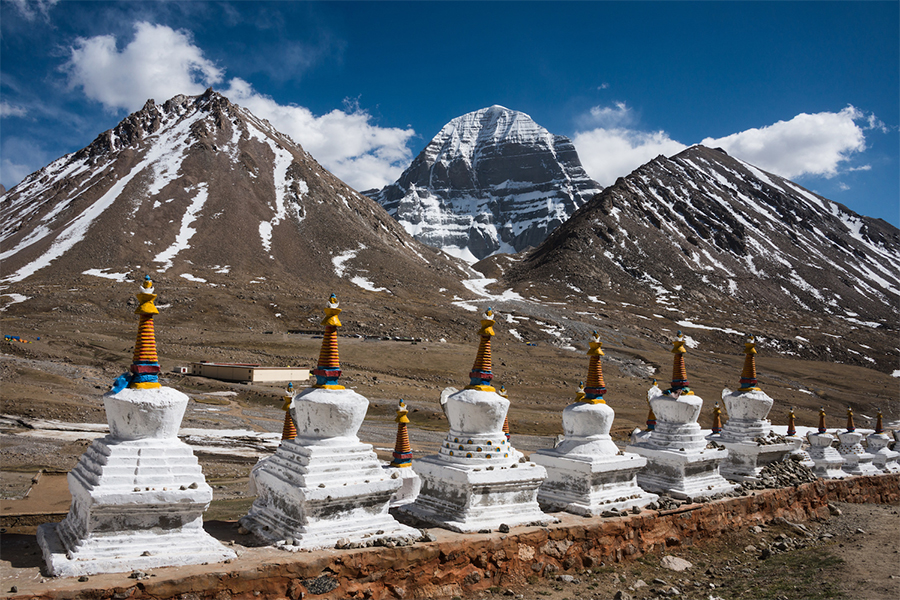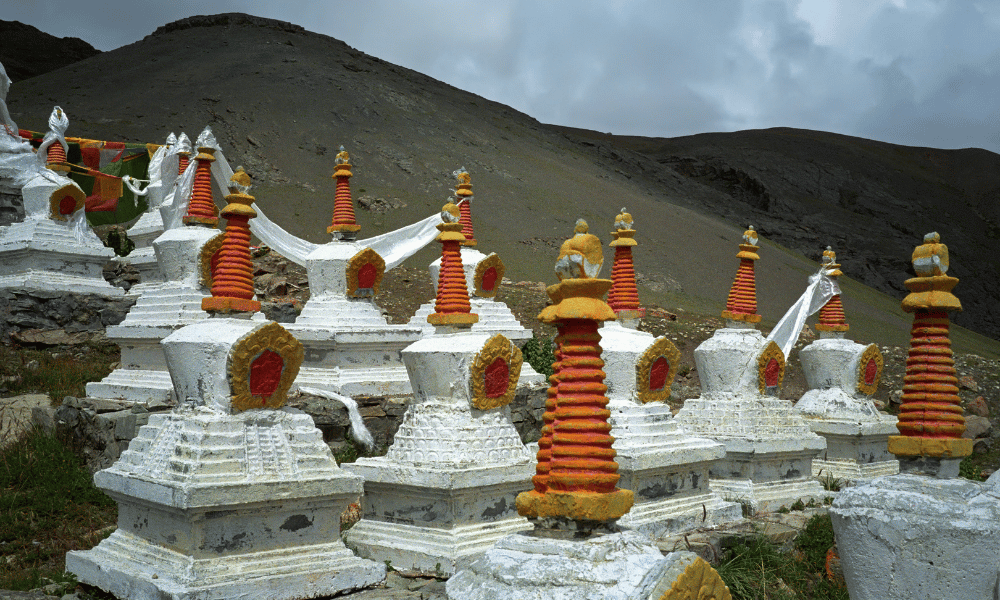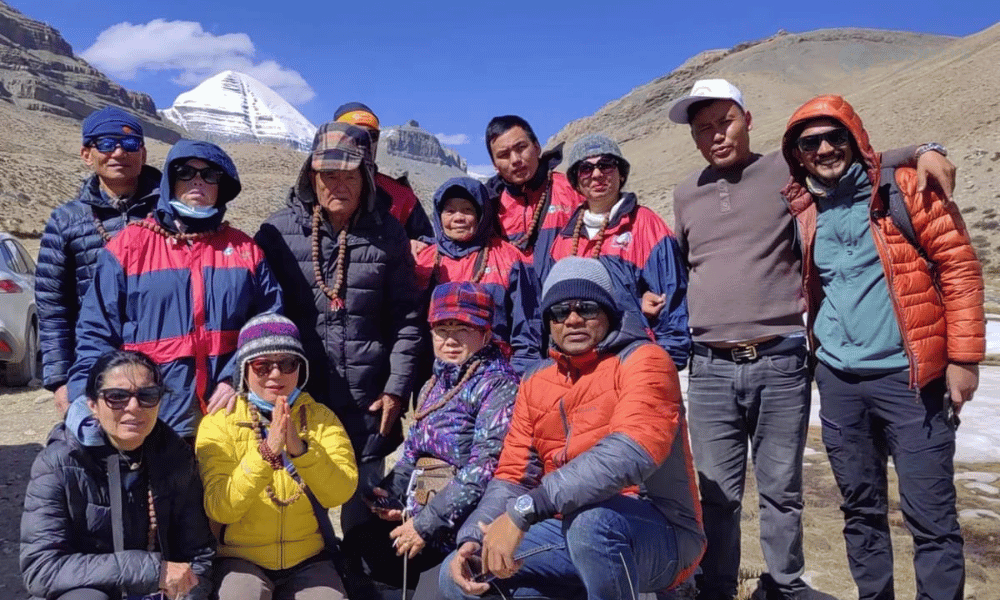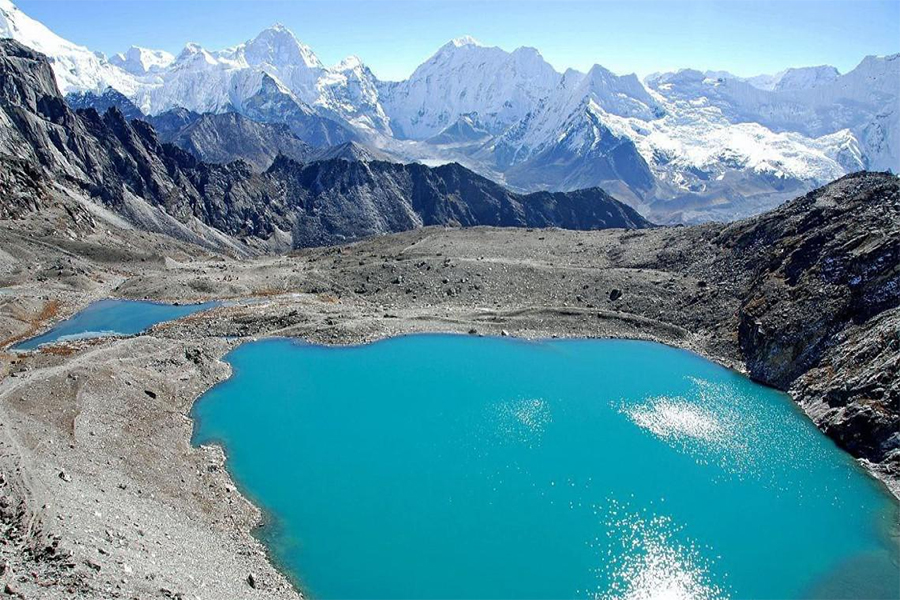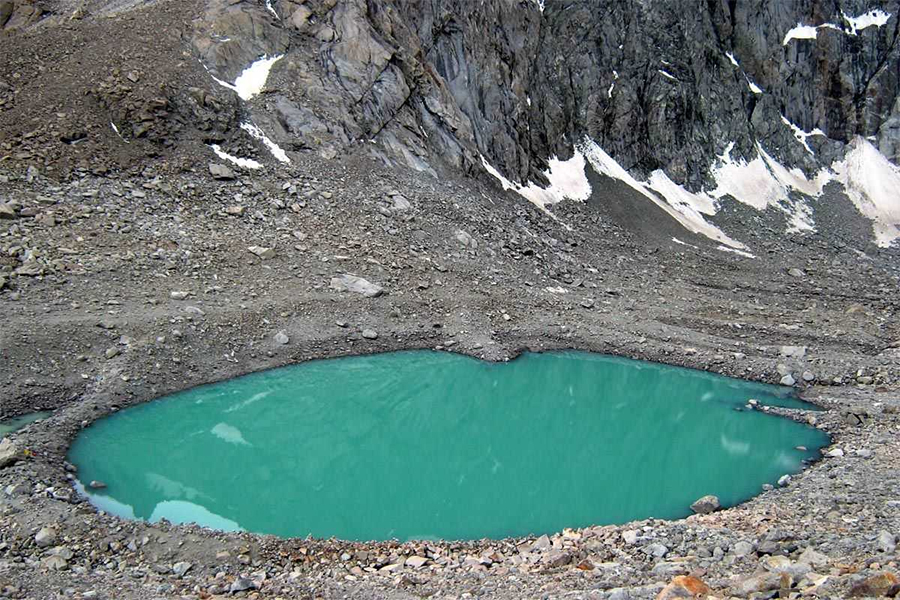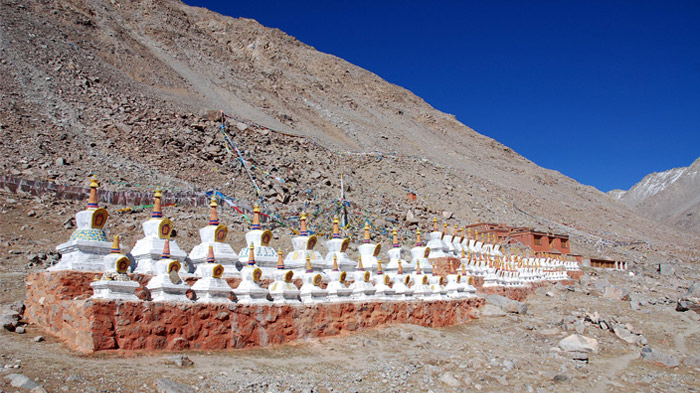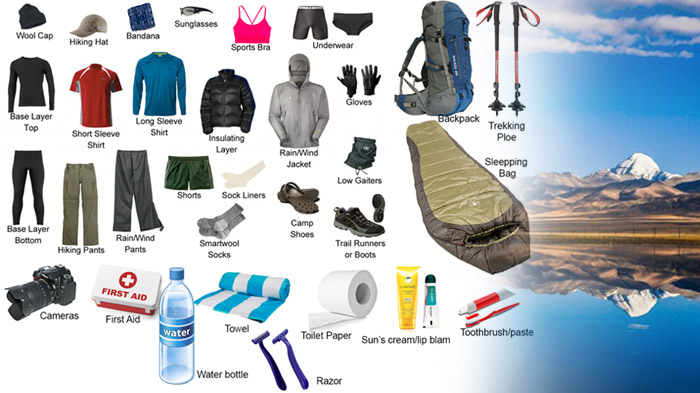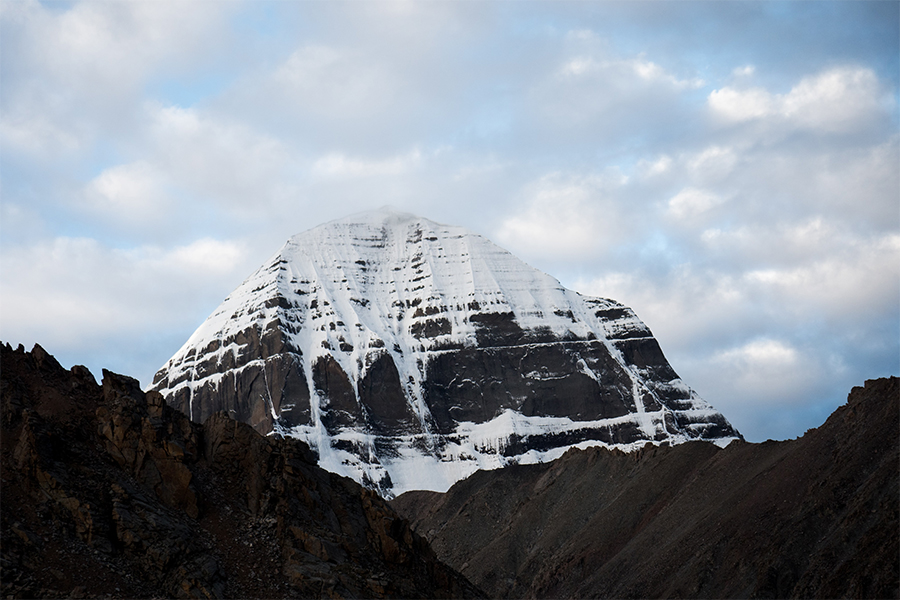Discover Pandipedia
Pandipedia is the world's first encyclopaedia of machine generated content approved by humans. You can contribute by simply searching and clicking/tapping on "Add To Pandipedia" in the answer you like. Learn More
Expand the world's knowledge as you search and help others. Go you!

ASMR, or autonomous sensory meridian response, is often triggered by visual or auditory stimuli that create a pleasurable tingling sensation, typically starting from the scalp and moving down the body. This sensation is associated with relaxation and euphoria, similar to feelings elicited from “oddly satisfying” experiences like watching slime being manipulated or objects being crushed, which also invoke sensory pleasure and calmness[1][3][5].
Both ASMR and oddly satisfying videos engage viewers by providing a sense of completion and symmetry, affecting mood positively and reducing stress. For many, the act of watching these videos can produce physical responses like lower heart rates, underscoring their therapeutic potential[4][6].
Let's look at alternatives:
- Modify the query.
- Start a new thread.
- Remove sources (if manually added).
- Request a manual search from our human research team.
Let's look at alternatives:
- Modify the query.
- Start a new thread.
- Remove sources (if manually added).
- Request a manual search from our human research team.
Get more accurate answers with Super Search, upload files, personalised discovery feed, save searches and contribute to the PandiPedia.

National Museum of Scotland
A free museum featuring interactive exhibitions and hands-on activities suitable for young children[1].
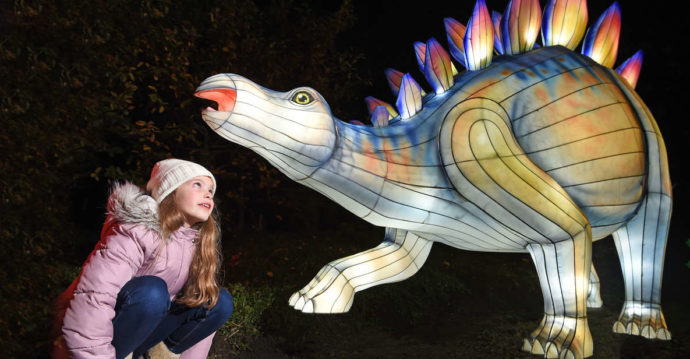
Edinburgh Zoo
Home to rare animals, including giant pandas, with plenty of space for toddlers to run around[1].
Princes Street Gardens
A picturesque park perfect for a family picnic and outdoor activities in the city centre[1].
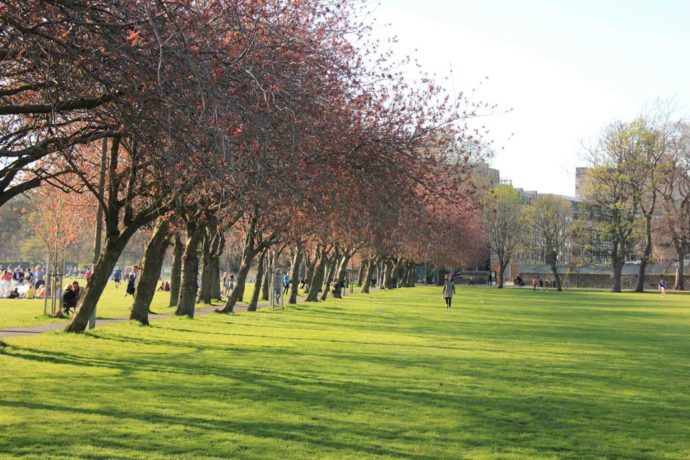
The Meadows
A large green area with a fantastic playground for kids and grassy spaces for outdoor pursuits[1].
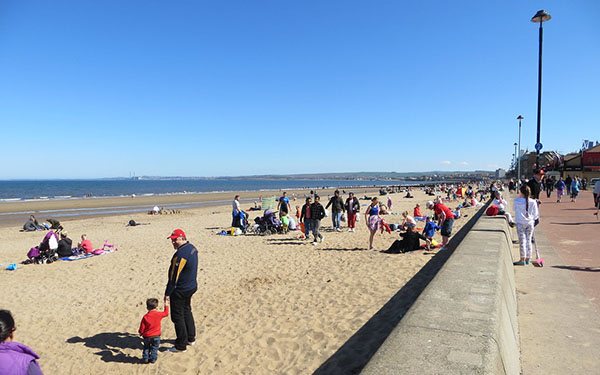
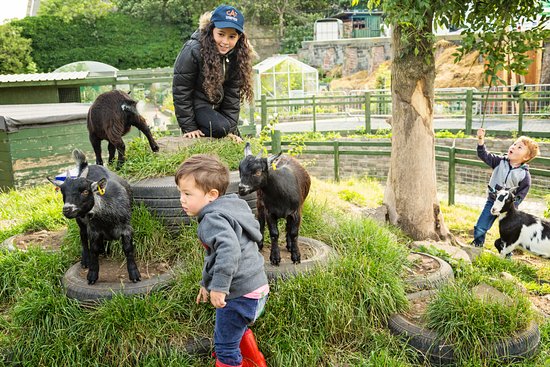
Gorgie City Farm
A small city farm where children can interact with farm animals and enjoy a small playground[1].

LOVE Gorgie Farm
An urban farm where toddlers can interact with farm animals, plus an outdoor play area[2].
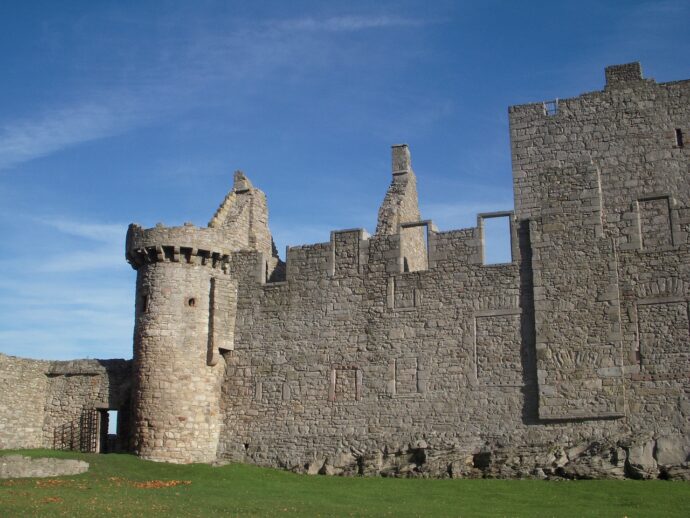
Edinburgh International Climbing Arena
Offers a soft play area for younger kids alongside climbing activities[1][2].
Camera Obscura and the World of Illusions
Engaging illusions and fun ways to learn about the city, ideal for kids[2].
Fort Douglas Adventure Park
An adventure park with slides, climbing frames, and plenty of activities for toddlers[2].

Scottish Storytelling Centre
A place to listen to magical tales, with an interactive Story Wall for kids[2].
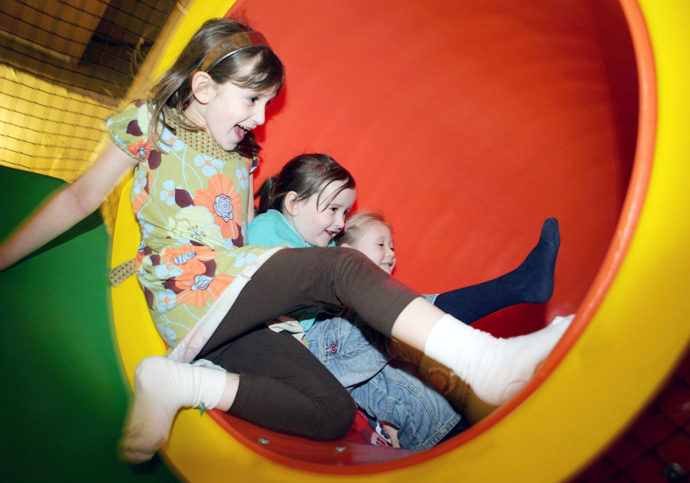
Time Twisters
An educational playground that brings history to life, focusing on ancient Egypt and mummies[1].
Edinburgh International Children’s Festival
An event featuring plays and shows suitable for children[1].
Let's look at alternatives:
- Modify the query.
- Start a new thread.
- Remove sources (if manually added).
- Request a manual search from our human research team.

Yes, ASMR can be used for studying. It is described as a calming sensation triggered by certain sounds and visuals, which can help students stay focused and motivated during long study sessions. The relaxing effects of ASMR can enhance concentration and improve memory retention, making studying more enjoyable and productive[1][3][5].
Research indicates that watching ASMR videos can lead to positive responses like reduced stress and anxiety, which contributes to better recall of information[2][3][4]. Additionally, ASMR has been shown to lower heart rates and blood pressure, physiological signs of relaxation beneficial for academic performance[2][4].
Let's look at alternatives:
- Modify the query.
- Start a new thread.
- Remove sources (if manually added).
- Request a manual search from our human research team.
Let's look at alternatives:
- Modify the query.
- Start a new thread.
- Remove sources (if manually added).
- Request a manual search from our human research team.
Introduction
Mount Kailash is a majestic peak standing at 6,638 meters (21,778 feet) on the Tibetan Plateau and part of the Gangdise Mountains[9]. Known as a holy mountain in Tibet, it has drawn pilgrims, adventurers, and spiritual seekers for centuries. Revered not only for its dramatic physical presence but also for its profound spiritual significance, Mount Kailash unites multiple faiths including Hinduism, Buddhism, Jainism, and the Bon tradition[1][13]. This sacred landmark represents a cosmic center and a focal point for pilgrimage, inspiring both devotion and awe.
Geographical and Ecological Significance
Located in a remote corner of Tibet, Mount Kailash is surrounded by breathtaking landscapes that include pristine lakes and high mountain passes. It is near the sacred Lake Manasarovar and lies close to the sources of four major Asian rivers—the Indus, Sutlej, Brahmaputra, and Karnali—which underscores its importance as a life‐sustaining natural hub[9][16]. The region is characterized by diverse ecosystems; alpine meadows, rugged terrain, and unique flora and fauna are found at these high altitudes, affirming nature’s resilience in one of the world’s harshest environments[3][10].
Religious and Spiritual Importance
For devotees across religious boundaries, Mount Kailash is not merely a mountain but a living symbol of spirituality. In Hinduism, it is venerated as the residence of Lord Shiva, where he is believed to reside in eternal meditation with his consort, Parvati[13][18]. Tibetan Buddhists call it Kang Rinpoche (“Precious Snow Mountain”) and associate it with deities such as Demchok, while also linking it to revered yogis like Milarepa[4][11]. Jain tradition designates the mountain as Ashtapada, where the first Tirthankara attained liberation, and in the ancient Bon religion it is considered the center of the universe[4][18]. This collection of sacred associations makes Mount Kailash a universal symbol of divine presence and spiritual energy.
Pilgrimage and Rituals
A hallmark of Mount Kailash’s allure is its pilgrimage route, known as the Kora or circumambulation. Pilgrims walk a 52-kilometer circuit around the mountain—usually completed in three days—to purify their souls and garner spiritual merit[2][6]. Along this demanding route, devotees perform prostrations, chant prayers, and offer symbolic gifts at various sacred stops. The act of circumambulation is deeply embedded in tradition and is seen as a physical expression of inner devotion, linking the body’s journey to the deeper quest for enlightenment[6][11].
Cultural Traditions and Legends
Mount Kailash is steeped in folklore and cultural heritage. Local legends recount divine events such as Lord Shiva’s cosmic dance (Tandava) and his defeat of the demon king, narratives that have been passed down through millennia[4][18]. Tibetan festivals, such as the Saga Dawa, mark the rhythm of life around the mountain and bring pilgrims together in spirited celebration[5]. Numerous ancient monasteries and sacred sites dot the region, serving as centers of religious practice and custodians of Tibetan cultural traditions[8]. These cultural elements not only enhance the spiritual journey but also provide visitors with a deep insight into the heritage of the local people.
Practical Information for Pilgrims
Traveling to Mount Kailash demands careful preparation. The optimal period to visit typically spans from May to September when weather conditions are milder and accessibility is better[19][15]. Due to the high altitude, proper acclimatization is essential to avoid altitude sickness, and many travelers spend a few days in lower-altitude areas before beginning the Kora. Furthermore, obtaining necessary permits—such as the Tibet Travel Permit, Alien’s Travel Permit, and other local permissions—is mandatory and usually arranged through certified tour agencies[7][12]. Accommodations along the route are modest, ranging from basic teahouses to guesthouses, so packing suitable clothing and personal medications is advised. Respecting local customs, including asking permission before photographing pilgrims or sacred sites, is also an important aspect of the journey[5][17].
Conclusion
Mount Kailash stands as a timeless emblem of spiritual aspiration, natural purity, and cultural unity. Its towering presence, intertwined with legends and revered by multiple faiths, continues to inspire journeys of both the body and the soul[11][14]. Whether you are setting out to complete the arduous Kora or to simply absorb the profound serenity of the Tibetan Plateau, a pilgrimage to Mount Kailash promises a transformative experience. This sacred mountain not only reflects the grandeur of nature but also the depth of human devotion, inviting all who visit to connect with the divine in a truly enduring way.
Let's look at alternatives:
- Modify the query.
- Start a new thread.
- Remove sources (if manually added).
- Request a manual search from our human research team.
Get more accurate answers with Super Search, upload files, personalised discovery feed, save searches and contribute to the PandiPedia.

Quantization in Machine Learning[1] (ML) is the process of reducing the precision of data to smaller formats, such as converting from floating point 32 bits[1] to integer 8 bits. This process aims to reduce memory space and computational complexity in neural networks, making them faster and requiring less storage space. It involves techniques such as range mapping, calibration, and post-training quantization. The goal is to maintain accuracy within 1% of the original accuracy while achieving a speedup of at least 2X[1] during calculations. Quantization affects deep learning networks[2] by reducing memory and power consumption[2], and the process is aimed at achieving acceptable accuracy while deploying the quantized network to embedded devices. Additionally, there are different approaches for quantizing a model, such as dynamic and static quantization, as well as quantization-aware training. It is crucial for maintaining accuracy and improving the performance of ML models, especially for deployment on edge devices with strict power and compute requirements[6].
Let's look at alternatives:
- Modify the query.
- Start a new thread.
- Remove sources (if manually added).
- Request a manual search from our human research team.
Let's look at alternatives:
- Modify the query.
- Start a new thread.
- Remove sources (if manually added).
- Request a manual search from our human research team.

The most venomous animal on Earth is the box jellyfish, specifically the Australian box jellyfish (Chironex fleckeri). Although its venom is not the most potent, it is considered the deadliest due to its ability to cause extreme pain, paralysis, and death within minutes of being stung. Each jellyfish has enough venom to potentially kill 60 adults[1][3][6].
Another highly venomous contender is the inland taipan snake, which has venom that can kill up to 100 adult men in a single drop, working within approximately 45 minutes[1][3][4]. Both of these animals exemplify the dangers posed by venomous creatures in the animal kingdom.
Let's look at alternatives:
- Modify the query.
- Start a new thread.
- Remove sources (if manually added).
- Request a manual search from our human research team.
Growth in Europe’s car rentals is primarily driven by the rise in travel and tourism, with international tourist arrivals increasing at 4% annually over the past five years[1]. This growth has heightened demand for mobility solutions as travelers prefer the convenience and flexibility of car rentals for their journeys.
Additionally, technological advancements are reshaping the industry, with platforms facilitating seamless online bookings and the incorporation of electric and hybrid vehicles to meet sustainable travel demands[1]. Urbanization trends are also significant, pushing consumers towards renting instead of owning vehicles due to rising ownership costs in densely populated areas[1].
Let's look at alternatives:
- Modify the query.
- Start a new thread.
- Remove sources (if manually added).
- Request a manual search from our human research team.


